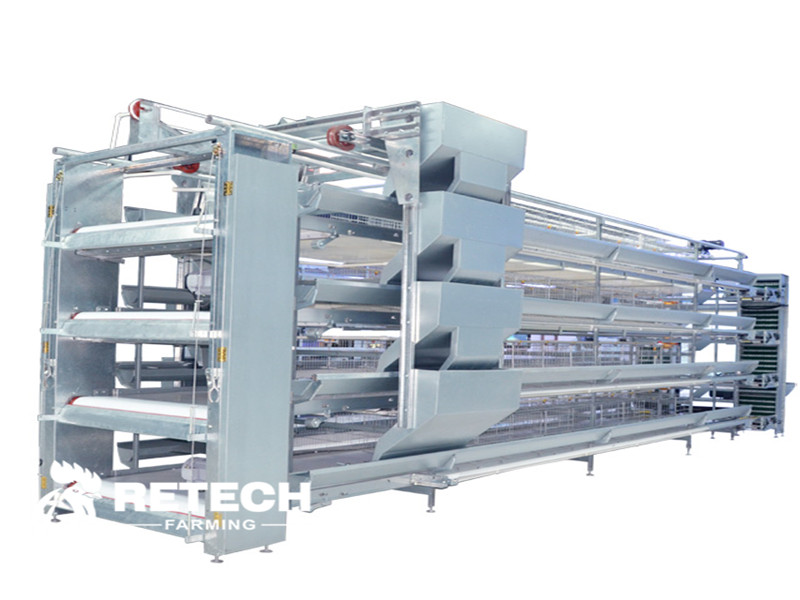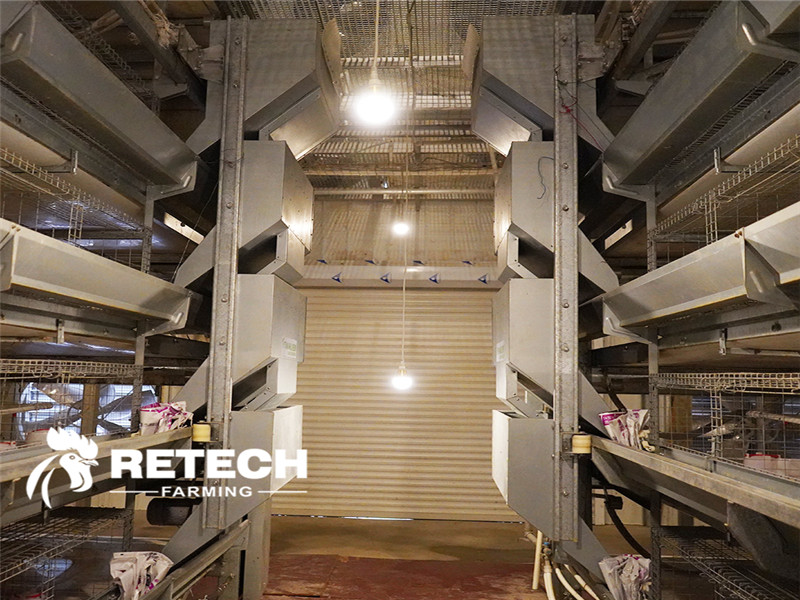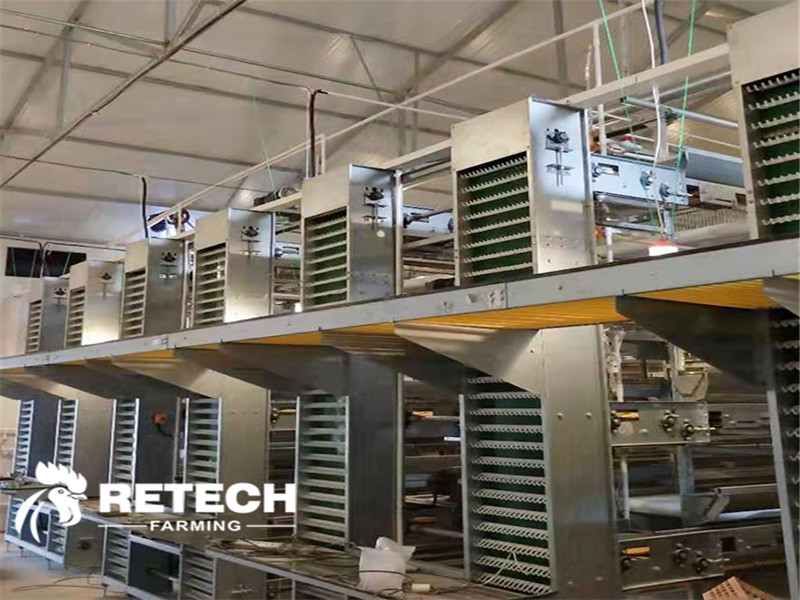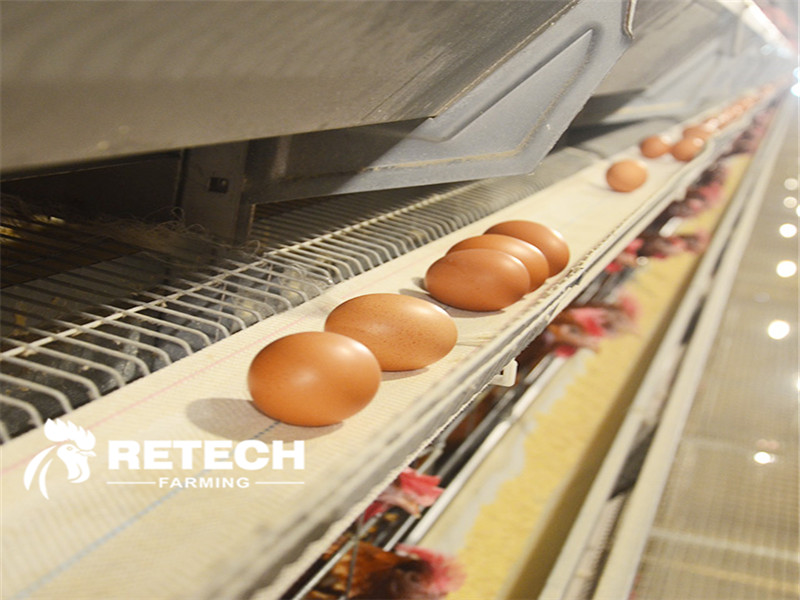Close search
 Published :
/
Published :
/ Posted by : Retch
Posted by : RetchIn autumn, the weather turns cooler and the temperature difference between day and night is large. In addition, after the continuous high temperature in summer, the appetite of the chickens will be reduced and their digestive ability will become worse. Therefore, in the actual breeding management, we should do the following management measures to maximize the egg-laying performance of the chickens.

In autumn, natural light is gradually shortened, timely adjustment of the time to turn on the light, pay attention to keep the light time and light intensity constant, if the light is not enough, can be used in the morning and evening each supplemental light for a certain period of time. Do not let the light be short or long, so that the chickens do not change their feathers and peck, which will affect egg production.

In autumn, old chickens start to change their feathers and new chickens start to produce, so the flock should be adjusted in a planned manner. Cull chickens that have stopped laying, weak chickens and sick chickens with no treatment value in time to reduce feed waste and improve the economic benefits of laying hens.

The weather in autumn varies greatly from morning to evening, and from cold to hot.
After the egg-laying period, hens are in poor condition in autumn and are prone to Newcastle disease, chicken pox and other infectious diseases. At the same time, the weather in early autumn is still hot, rainy and humid, so chickens are prone to respiratory and intestinal diseases.

Keep the air in the chicken house fresh. Sheds should be kept dry, manure and bedding should be replaced in a timely manner. To be reasonable according to the age of chickens, the size of the chicken coop, to maintain a reasonable density. At the end of autumn.
repair the chicken coop early, install doors and windows, and prepare for heating and cold to prevent sudden changes in climate from causing chicken illness and affecting egg production rate.